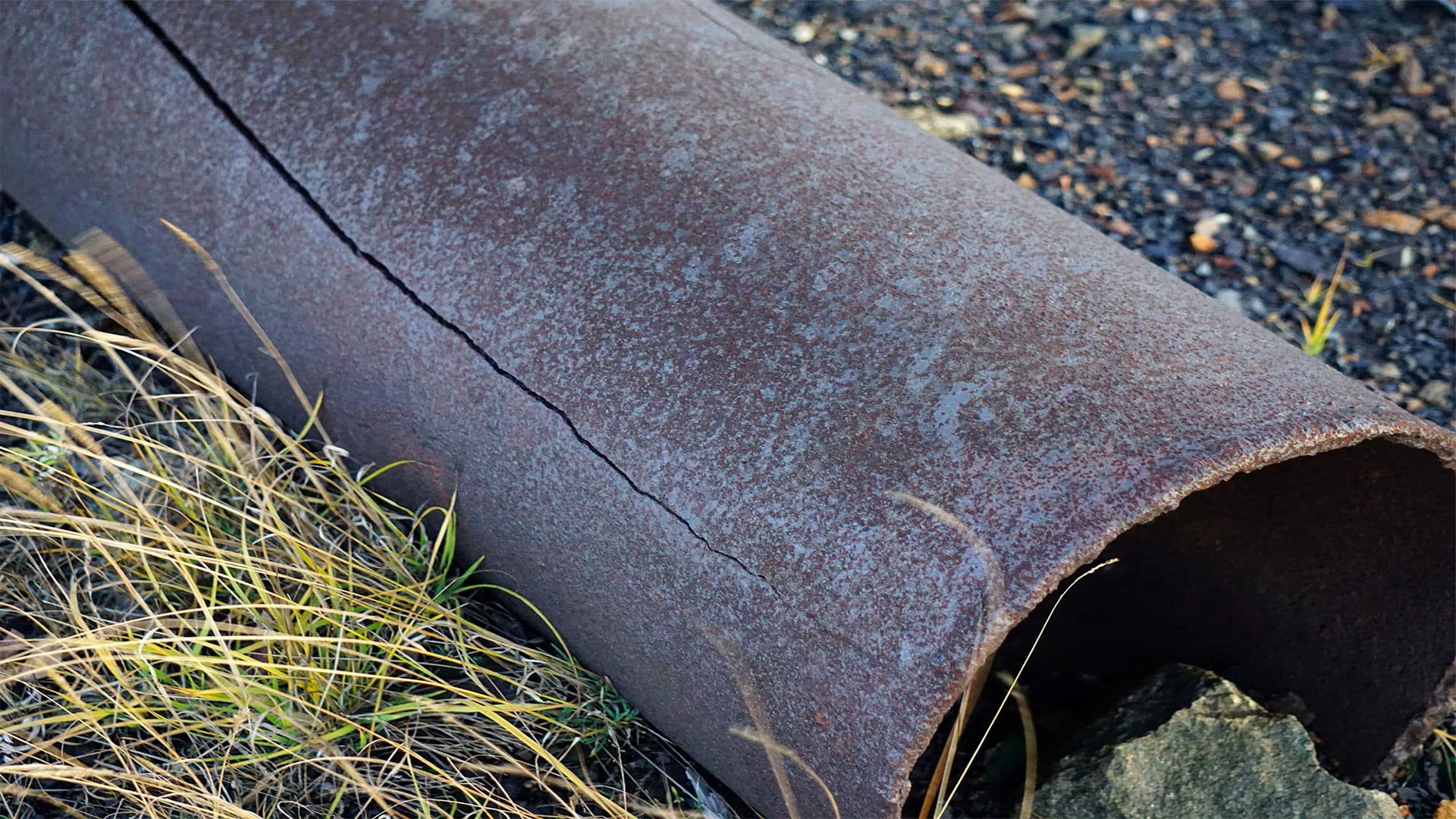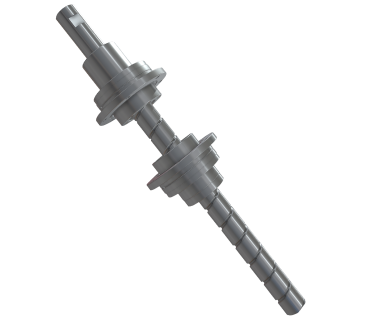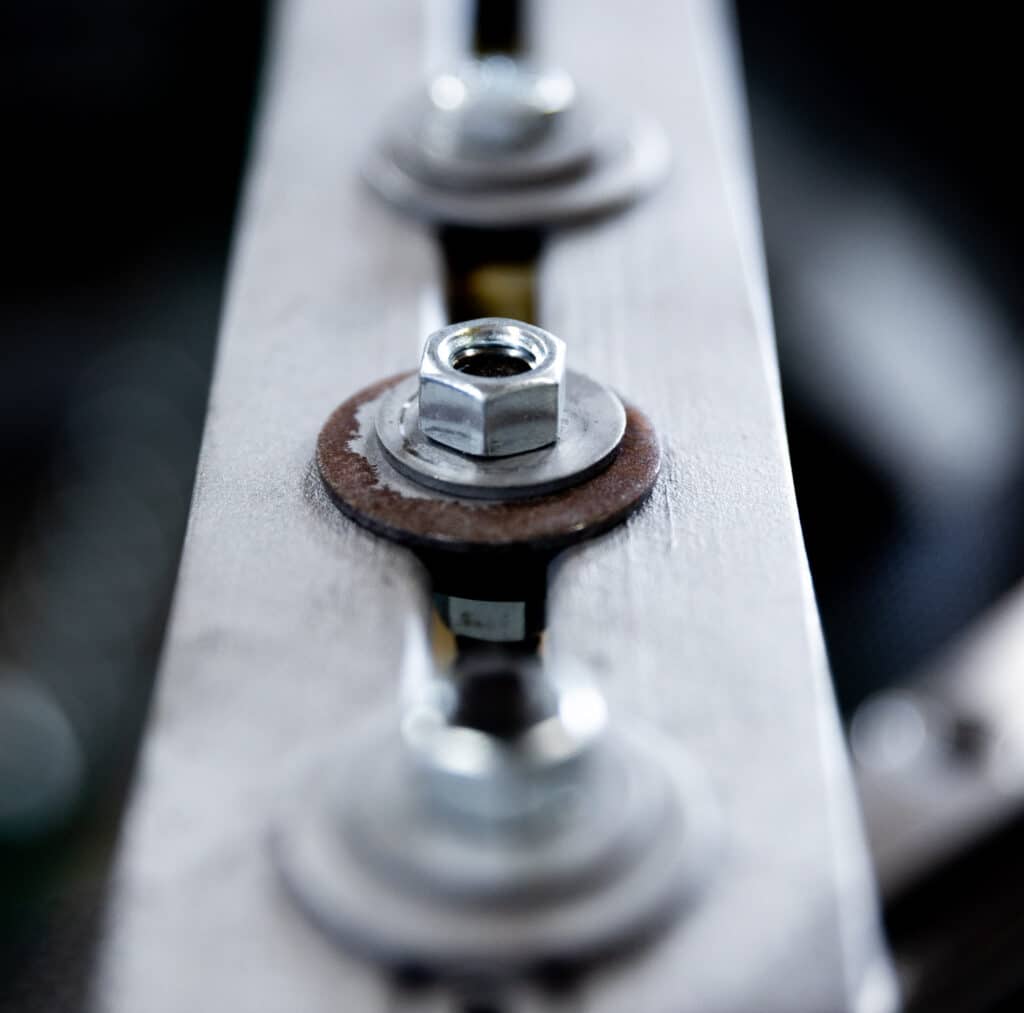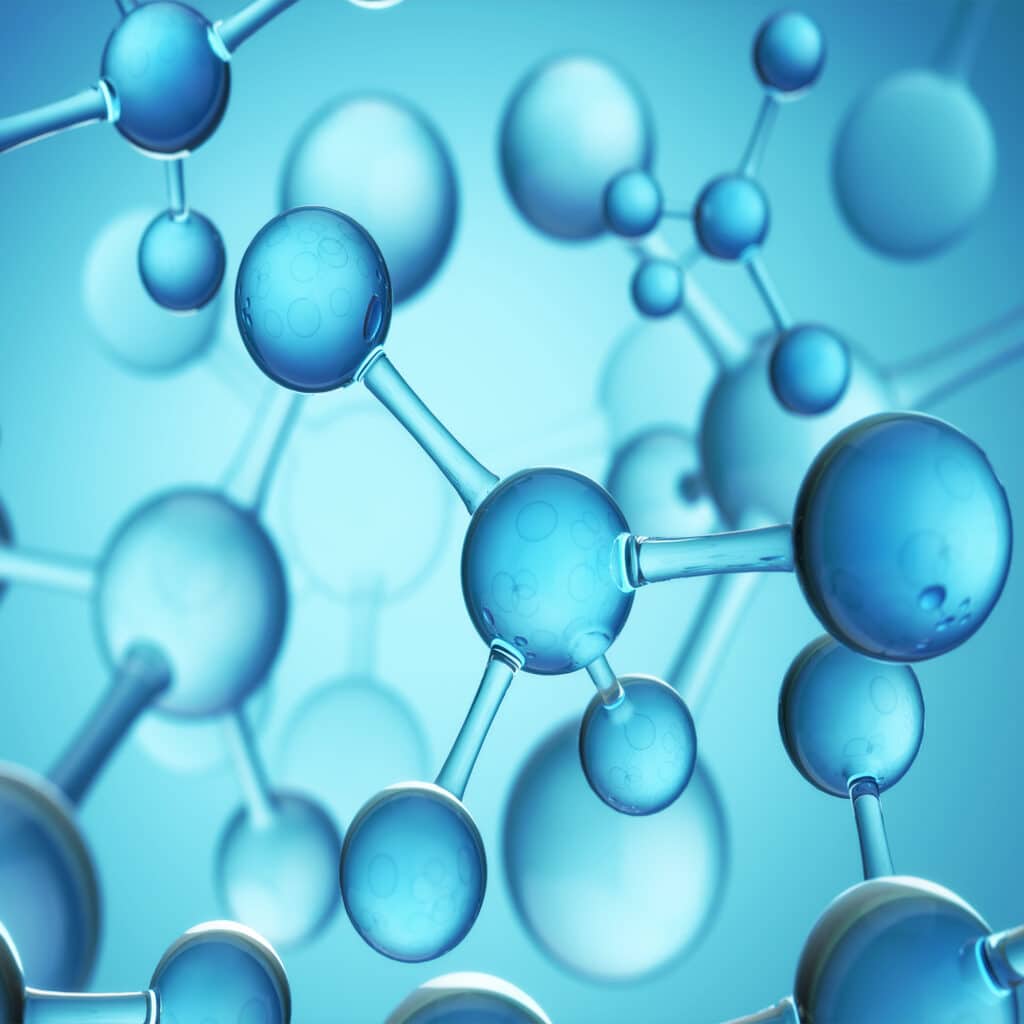The temperature at which stress corrosion cracking (SCC) occurs depends on the specific material and the corrosive environment. However, SCC typically occurs within a specific temperature range where both the corrosive environment and tensile stress are effective. Here are some general guidelines:
- Stainless Steels in Chloride Environments: SCC is most likely to occur between 50°C and 150°C (122°F to 302°F). This temperature range provides optimal conditions for chloride-induced cracking.
- Carbon Steels in Caustic Environments: SCC can occur at temperatures above 60°C (140°F), especially in concentrated caustic solutions.
- Brass in Ammonia Environments: SCC is known to occur at room temperature to slightly elevated temperatures when exposed to ammonia or ammonium compounds.
- High-Strength Alloys: SCC in high-strength alloys, such as certain aluminum or titanium alloys, can occur over a wide range of temperatures, depending on the environment and stress levels.









